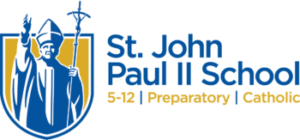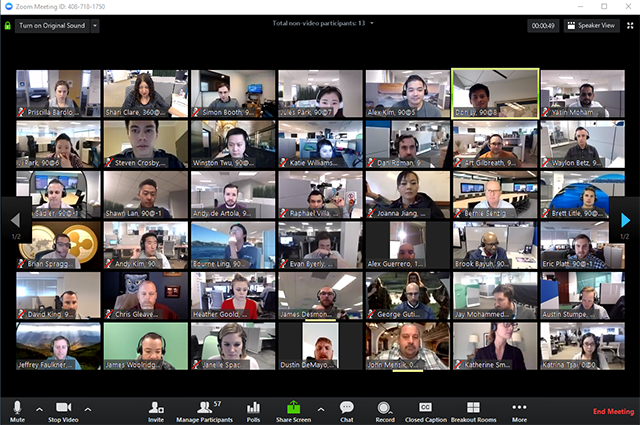Schools try to balance classwork with wellness during the shutdown.
Since the state extended school closures until May 4, public and private schools on Cape Cod have settled into their remote learning plans, going beyond academics to promote connection and wellness.
The Department of Elementary and Secondary Education recommended that school districts help students engage in learning for about half the length of a regular school day through a mix of educator-directed and self-directed learning, according to a March 26 letter sent to school superintendents and principals.
It suggested districts focus on reinforcing and deepening the skills that had already been taught, and strongly recommended that academic content be graded as “credit/no credit.”
Public and private schools continue to prepare their students for testing, as Advanced Placement is developing a new at-home option.
After surveying 18,000 students, AP found many students still wanted the opportunity to take the course tests. In response, AP will secure 45-minute, free-response online exams for each course. The content will focus on what most schools were able to complete by early March.
The Department of Elementary and Secondary Education has received an initial waiver from the federal requirement for annual testing and is working at the state level to explore options regarding the MCAS, according to a March 30 letter from the department. The competency determination required for high school graduation also could change.
Through platforms such as Google, Zoom, Schoology, Blackboard and Flipgrid, teachers and students are staying connected and continuing to teach and learn.
Some schools are working to assess students in new ways, such as through projects and formative-based learning. Christopher Keavy, president of St. Margaret Primary School in Buzzards Bay and St. Francis Xavier Preparatory School and St. John Paul II High School, both in Hyannis, said the schools are making sure tests are “un-Googleable.”
Keavy said students have to create and form information instead by, for example, creating a two-minute video or completing a project.
“It forces teachers to redesign for how they want students to use the learning,” he said.
Teachers also have gotten creative in using tools in their own homes. At Falmouth Academy, the school’s interconnected biology teacher, who also works as a veterinarian, did a physical exam of her own cat for the students, according to Matt Green, the academy’s head of school.
Schools cannot simply shift the conventional way of learning into a remote setting, Green said. Teachers must learn to adapt.
Schools also are trying to keep a balance between learning on a screen and learning through everyday materials.
“We must be conscious of the effects of increased screen time and seek balance between learning through technology and remote learning that happens offline to support students’ curiosity and understanding,” Falmouth Public Schools Superintendent Lori Duerr said in a message sent to families April 1.
In Falmouth, the new learning is focusing on essential skills that students need to advance to the next grade. Emphasis is especially given to skills that can be translated across content areas and built upon as students advance through the grades, Duerr said.
Some schools focus on keeping the remote learning material simple, as students face new stress and anxieties.
″(The state) has given suggestions on reducing the workload, realizing that it takes a lot longer to learn online than it does in a brick and mortar setting,” Nauset Regional High School Principal Christopher Ellsasser said. “And people are under a lot of stress. Less, for right now, is really more. It’s a sustainable model.”
Some students do not have enough time to work remotely on schoolwork, as some take care of their siblings while their parents continue to work, he said.
Because students are in many different situations at home, some schools have changed the way assignments are graded. At Nauset Regional High School, assignments are marked for credit or no credit, following the state department’s recommendation.
Falmouth schools also are using the credit/no credit option for grades 5 through 12, although Duerr said letter and number grades may be maintained at the high school level.
“It is important to note that a determination of no credit will not be assigned to students who do not have equitable access to learning opportunities during closure due to technology, internet, health, disability, and/or language challenges,” Duerr said in an email.
At some private schools, however, the work students do will be counted and graded as normal and report cards will be issued, Keavy said.
But in this time of uncertainty, schools are going beyond academics to focus on connectedness and well-being.
Keavy said the schools’ priorities are to keep a structure in place and help the students feel connected.
Since the schools moved to remote learning a couple of weeks ago, students in grades 7 through 12 have met daily with their teachers for each class. Students in prekindergarten through grade 6, meanwhile, have daily class meetings about twice a day, Keavy said.
The schools have a contest where students can submit a photo of themselves with their pet while doing remote learning. The top three photos will get pizza sent to their house, Keavy said.
“Students sorely miss seeing each other, and we’re doing our best to fill that void,” he said.
At Falmouth Academy, students also meet in classes throughout the day, followed by office hours where students can ask teachers questions, Green said. The school also hosts different community connection opportunities such as virtual coffee once a week, he said.
At Nauset Regional High School, Ellsasser sends a morning announcement every day to his students, and every day a different student records a message to peers. The school also has set up a virtual art gallery displaying student artwork and has hosted a virtual awards night for its student athletes, Ellsasser said.
“It feels surreal, but in many ways we’re more connected with each other than we’ve ever been,” he said.
Schools also are helping students stay healthy. Physical education teachers post exercise videos, health teachers post nutrition information and guidance counselors offer wellness tips.
“The phrase I’ve been using is ‘mind, body and spirit,’” Green said.
May 4 will mark seven weeks since schools began remote learning.
“We certainly all fear that it may be longer, so we’re proceeding as though this is the mode indefinitely,” Keavy said. “How do you provide the maximum that you can for students under this new scenario?”


